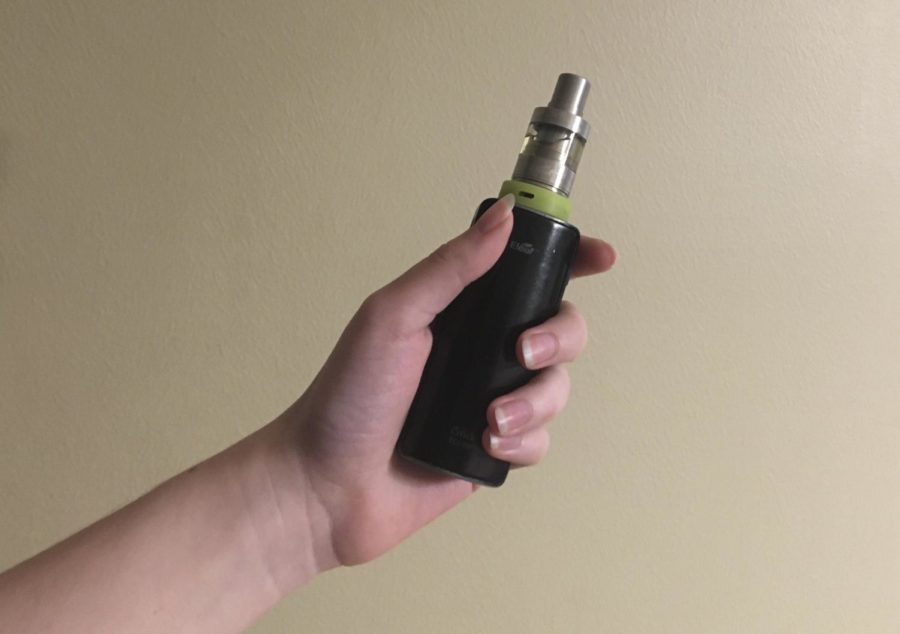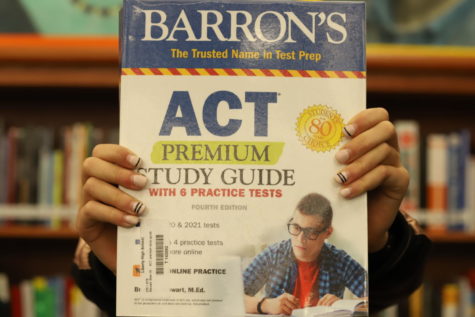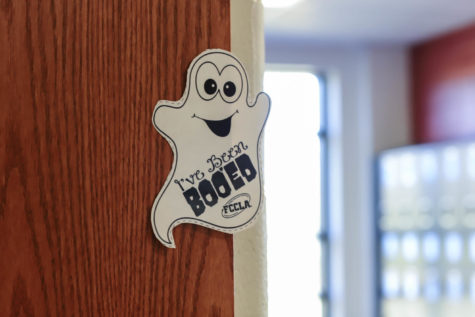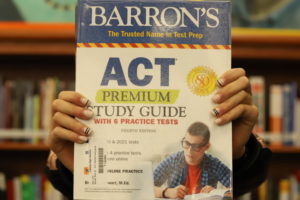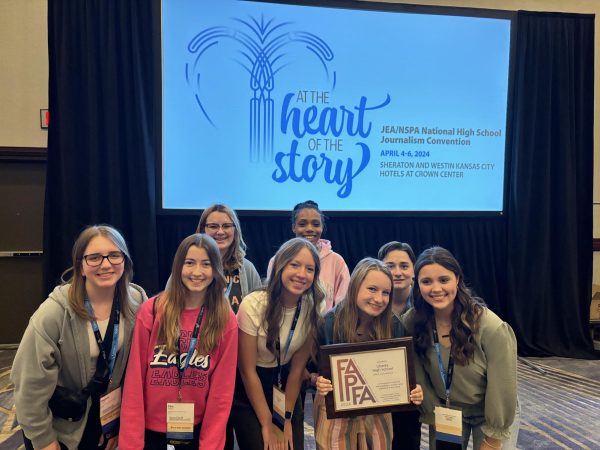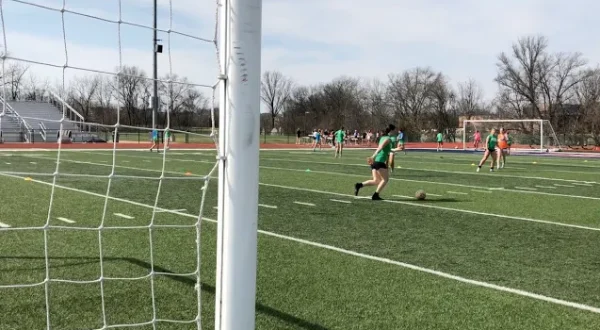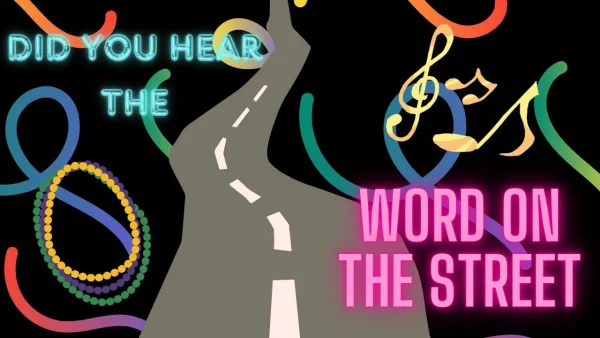Vaping, Juul and E-Cigarettes: A Public Health Crisis
Dr. Jenny Miele presents to students and parents about the dangers of e-cigarettes
While Eleaf vapes may not be the most popular among teens, Eleaf is still one of the most successful e-cigarette companies.
November 12, 2019
If you’ve been in any American high school, you wouldn’t be surprised to hear that in 2018, 20.8% of high school students had used vaping products in the last month. On top of that, adolescent use of e-cigarettes has increased by 78% since 2017-2018.
Such a dramatic increase is soon going to become detrimental to the general health of teens everywhere. With regular cigarette use decreasing as people are more aware of the dangers, nicotine addiction is becoming prevalent in teenagers once again through vaping.
On Oct. 23, Dr. Miele gave an hour-long presentation about vaping and subsequent health-related concerns in Liberty’s auditorium for parents and students from throughout the district. Miele has been a member of Northwest Pediatrics since 2008 and has been awarded the 2019-20 St. Louis Magazine Best Doctors in America award.
“We have an obligation to act on what we know. And what we know is very disturbing. Kids’ use of e-cigarettes has reached an epidemic level of growth,” said former FDA Commissioner Dr. Scott Gottlieb in a news release published on Sept. 18, 2018.
This is no accident. Flavors “appeal” to kids, discreet designs make them easier to hide. Seven out of 10 kids were exposed to e-cigarette ads in 2016, and while you have to be 18 to purchase an e-cigarette, the “juice” can be purchased online.
While 63% of teenagers assume that there’s no nicotine in e-cigarettes (or less then there is in old-fashioned combustible tobacco), the truth of the matter is that one small Juul pod contains roughly 59 milligrams (equal to 20 cigarettes) of nicotine with the help of “nicotine salts”, which can deliver nicotine to the brain with no side effects, such as throat irritation. This skyrockets the chance of addiction, which may lead to experimentation with other drugs.
Nicotine addiction is not the only risk. There were 2,035 explosion and burns caused by e-cigarettes reported in 2015-2017, roughly 450 lung illnesses have been associated with vaping, and since vape products haven’t been on the market for very long, it’s likely there are long term health impacts that users (and doctors) aren’t aware of yet.
“Just like anything in science, it takes time to figure out what the consequences and dangers are. No, they’re not completely understood, but unfortunately, we’re already starting to see a lot of negative things,” said Miele.
However, while Miele’s presentation had good intentions, sophomore Sruthi Ramesh believes there’s still room for improvement.
“I think it was a good first step, but it felt a little confusing and baseline. They explained the “why” but not the “how.” The logistics of what a parent should do was the main ‘attraction’ of the event, but it was hardly touched upon. And based on how the parent Q&A section went, we need more in-depth and fast action,” Ramesh said.
If you or anyone you know is struggling with addiction, you can call SAMHSA’s (Substance Abuse and Mental Health Services Administration) national hotline at 1-800-662-HELP or text “QUIT” to 202-804-9884 (Truth Initiative’s hotline) which is dedicated to providing support and resources to teens.

